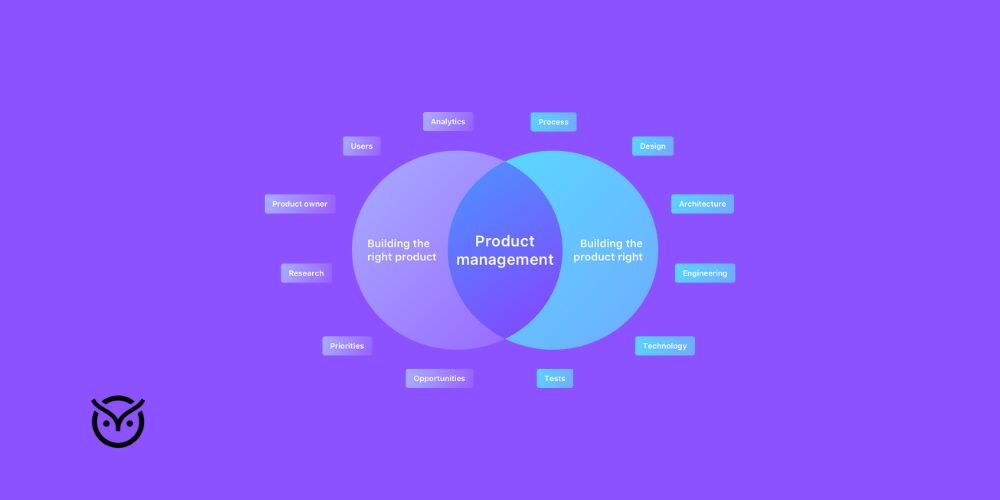
TL;DR
- STAR = Situation, Task, Action, Result. For answering behavioral interview questions
- Helps avoid rambling and keeps answers clear, focused, and impactful
- Use relevant real-life examples tied to the job requirements
- Situation: Set the context briefly
- Task: Define your role or responsibility
- Action: Explain specific steps you took, using “I” statements
- Result: Share measurable or positive outcomes, include lessons learned
- Practice out loud to sound natural and confident
- Prepare examples for common behavioral prompts like conflict resolution
- Match examples to key skills in the job description
- Use STAR to showcase skills like leadership, teamwork, and adaptability
Behavioral questions are a staple in nearly every job interview, often kicking off with prompts like, “Can you tell me about a time when…” These questions can easily catch candidates off guard if they’re not ready to respond effectively.
Interviews come in many formats, from one-on-one structured sessions to group interviews, but there’s a proven approach that can help you confidently tackle these challenging questions. This is where the STAR method interview questions technique comes in. This blog will break down the STAR method, share tips on preparing for behavioral questions, and show you how to use this approach to impress interviewers and boost your chances of landing the job.
How Do You Feel About Behavioral Interview Questions?
Choose an option below and we’ll try to read your mind…
What is the STAR interview method?

The STAR interview method is a structured technique used to answer behavioral interview questions. STAR stands for Situation, Task, Action, and Result—four steps that help candidates describe past experiences clearly and effectively.
- Situation: Provide the context or background for the particular scenario.
- Task: Describe your role or the challenge you needed to tackle.
- Action: Detail the specific steps you took to handle the task.
- Result: Explain the outcome and the impact of your actions.
What is the STAR Interview Method?
Set the scene by giving context to the story.
Explain the goal or challenge you were responsible for.
Describe what you did to address the situation.
Share the outcome and what you achieved.
Why should you use the STAR method?

According to hipCV, candidates who use structured techniques like the STAR method are rated 57% more favorably by interviewers than those who respond without a clear format. The STAR method gives you a simple structure to follow: Situation, Task, Action, and Result. It helps you stay focused and tell your story clearly, even when the nerves kick in. Instead of rambling or missing key details, you walk the interviewer through exactly what happened and what you achieved.
The job market is competitive, especially for remote and hybrid roles that attract tons of applicants. Interviewers often rely on competency-based interview questions to figure out if you’re the right fit. Using the STAR method can help you show your skills in areas, like teamwork, leadership, and adaptability with real, memorable examples.
Why Should You Use the STAR Method?
Click the switch to compare a weak answer with a strong STAR response.
“One time we had a huge project, and I just did what I could to get it done. Everyone was stressed. I helped out wherever I could, and we eventually completed it.”
Mastering the STAR Method for Interview Success

Use the STAR method to respond to behavioral and situational interview questions clearly and with impact.
Here’s how to do it:
1. Situation – Set the scene
Briefly explain the context of the challenge or project. Pick an example relevant to the role and skills being assessed.
2. Task – Define your role
Describe your responsibility in that situation. Keep it short—just enough to show your role in solving the problem.
3. Action – Show what you did
Walk through the steps you took. Focus on your unique contributions using “I” statements, and avoid vague phrases.
4. Result – Share the outcome
Highlight the positive results of your actions. Use numbers or examples where possible, and if it involved a mistake, focus on what you learned.
How to Use the STAR Method in an Interview
Drag and drop the blocks into the correct STAR sequence.
20 Examples of STAR Method Interview Questions

Wondering when to apply the STAR method during an interview? The best time is when you're asked a behavioral or situational question, typically framed around past experiences or actions.
These types of questions are designed to assess your problem-solving, communication, and leadership skills—and they’re perfect for the STAR method.
Here are 20 examples of STAR method interview questions you might be asked:
20 Examples of STAR Method Interview Questions
Click the card to reveal a random interview question. Then try answering it using the STAR method.
How to Prepare for STAR Interview Questions

Acing STAR interview questions is all about targeted preparation.
Here's how to prepare:
1. Match your skills to the job
Read the job description—spot key skills like leadership or problem-solving. Then recall real examples where you’ve used them. Show, don’t just tell.
2. Identify strong examples
Pick real situations where you applied those skills. Use the STAR format to outline what happened, what you did, and what you achieved.
3. Practice out loud
Rehearse your answers to common behavioral questions. Practice with a friend or speak your answers aloud to sound more confident and natural.
4. Review typical STAR questions
Get familiar with common behavioral prompts (e.g., “Tell me about a time you resolved a conflict”). Structure your answers using the STAR technique.
5. Ask smart questions
Come prepared with genuine questions. It shows you’re interested and helps you figure out if this role and company are the right fit for you. Instead of generic ones, dig deeper.
Conclusion
Getting the hang of STAR method interview questions is a great way to feel more confident and really stand out when you’re in an interview.
When you prepare clear, honest stories using the STAR framework, you’re not just answering questions—you’re sharing real examples that highlight your skills and what makes you unique. This method keeps you composed, centered, and prepared to tackle even the most challenging behavioral questions.
STAR Wisdom Wall
Share a tip, a win, or a kind word for others preparing for interviews using the STAR method.




